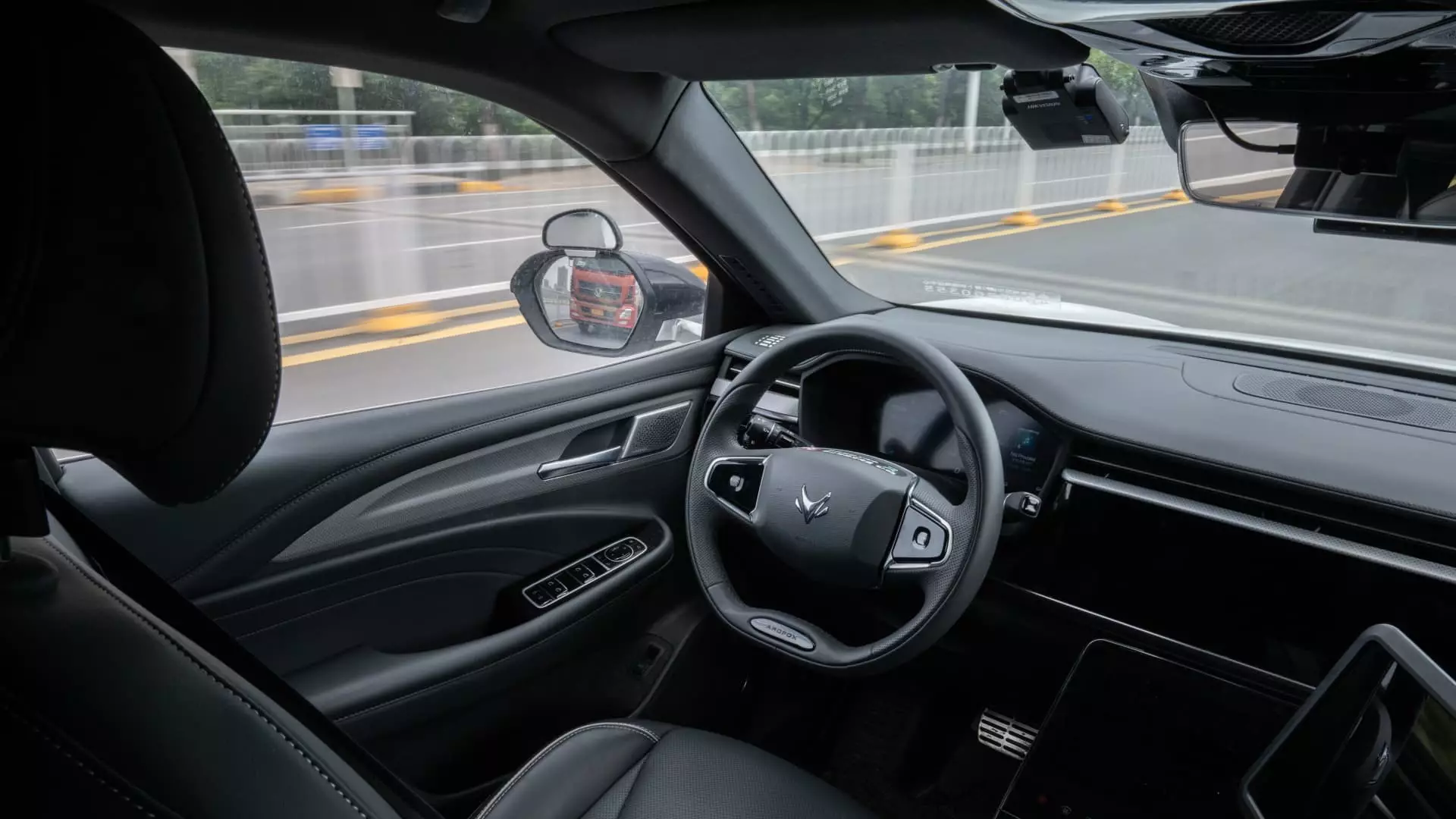China’s aggressive pursuit of robotaxi technology is gaining momentum, with local governments giving the green light to domestic companies to offer autonomous taxi services to the public. While consumers are embracing this new form of transportation, it is causing concern among traditional taxi drivers who fear losing their jobs to increasing competition.
The surge of robotaxis in China has sparked major social media attention, with videos showcasing fully autonomous taxi rides becoming trending topics on platforms like Douyin and Weibo. Baidu’s robotaxi unit, Apollo Go, has gained significant traction in Wuhan, operating driverless vehicles in certain districts around the clock. This has led to speculations about a nationwide rollout of robotaxis, raising questions about the future of traditional taxi services.
The growing presence of robotaxis in Chinese cities has added pressure on taxi drivers, with reports of reduced income and job losses. Some taxi companies are appealing for tax reductions and tighter restrictions on robotaxi operations to protect their livelihoods. The slowdown in wage growth in China, exacerbated by the pandemic, has further exacerbated the challenges faced by taxi drivers who are already grappling with increased competition.
Amid the proliferation of ride-hailing apps and the rise of new companies in the transportation sector, some local governments have taken measures to curb the industry’s expansion. Cities like Guyuan and Guiyang have imposed restrictions on online ride-hailing businesses to address market saturation and regulatory compliance issues. The Ministry of Transport reported a significant increase in the number of registered ride-hailing drivers in China, highlighting the intense competition in the market.
As China continues to promote cloud-connected cars and autonomous driving technologies, the landscape of the transportation industry is expected to undergo significant changes. The introduction of robotaxis in major cities like Beijing, Shanghai, and Wuhan signals a shift towards a more automated and efficient transport system. However, the implications of this transformation on traditional taxi services and the livelihoods of taxi drivers remain a subject of debate.
The rise of robotaxis in China presents both opportunities and challenges for the transportation sector. While autonomous taxi services offer convenience and innovation to consumers, they also raise concerns about job displacement and economic uncertainty for taxi drivers. As the industry continues to evolve, policymakers and industry stakeholders will need to address the social and economic implications of this technological shift to ensure a fair and sustainable transition for all stakeholders involved.


Leave a Reply